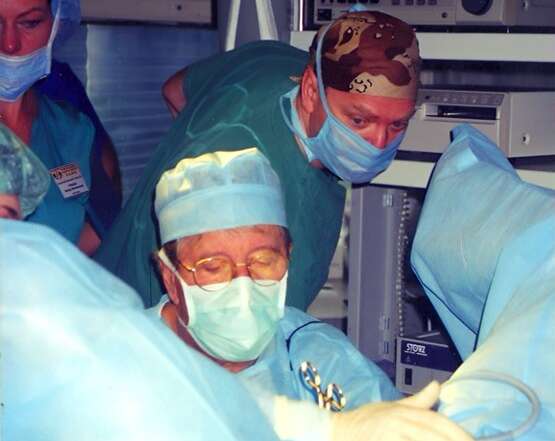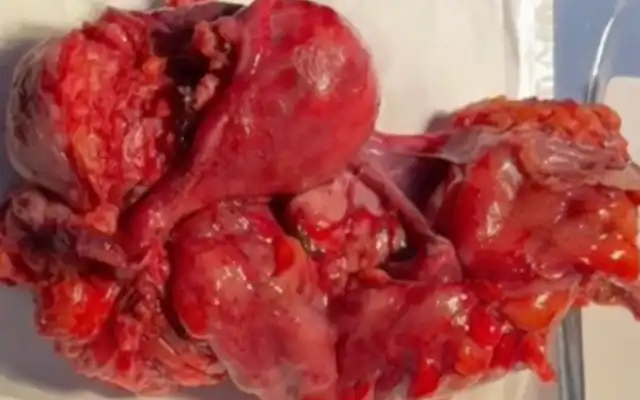Authors / metadata
DOI: 10.36205/trocar6.vid25005
Abstract
Objective: To demonstrate a minimally invasive technique for apical compartment prolapse repair using a
vaginal retroperitoneal approach for sacral fixation.
Design: Step-by-step surgical demonstration, accompanied by detailed descriptions of each procedural step.
Introduction and setting
While several minimally invasive techniques have been established for prolapse repair, sacral suspension remains the gold standard due to its anatomical correct fixation and high success rates. Vaginal approaches are associated with faster recovery and reduced postoperative pain. However, standard vaginal surgery offers limited access to the sacral promontory.
Vaginal Natural Orifice Transluminal Endoscopic Surgery (vNOTES) expands surgical possibilities by allowing access to the sacrum via the vaginal route. In this technique, vNOTES is utilized to perform a sacral fixation through a retroperitoneal corridor, minimizing blood loss and avoiding intraabdominal manipulation. It is a mesh-free procedure and uses sutures for apical fixation. A retroperitoneal promontofixation using vNOTES was previously described by Baekelandt et al (1). They performed a complete para and retro rectal dissection and combined apical fixation with a Manchester-Fothergill procedure. In this video we used a direct approach to the os sacrum with minimal dissection. Results of a vaginal sacropexy using a monofilament suture was described in 2017 showing promising results. vNOTES facilitates the access significantly.
Surgical Steps
- Posterior colpotomy (2-3cm) and right pararectal space dissection
- Insertion of the vPATH (7 cm) port (Applied medical, Rancho Santa Margarita, CA, USA)
- Laparoscopic identification of key anatomical landmarks
- Placement of a non- absorbable suture (Maprolene 1, Catgut, Markneukirchen, Germany) into the anterior longitudinal ligament
- Suture fixation to the posterior cervix
- Extracorporeal knot tying and closure of the vaginal incision
Conclusion
This retroperitoneal vNOTES approach enables anatomically correct, minimally invasive prolapse repair of the central compartment. It combines the benefits of sacral fixation with the advantages of a vaginal route, including reduced postoperative morbidity and expedited recovery. Further comparative studies are needed to evaluate long term results of this procedure.


